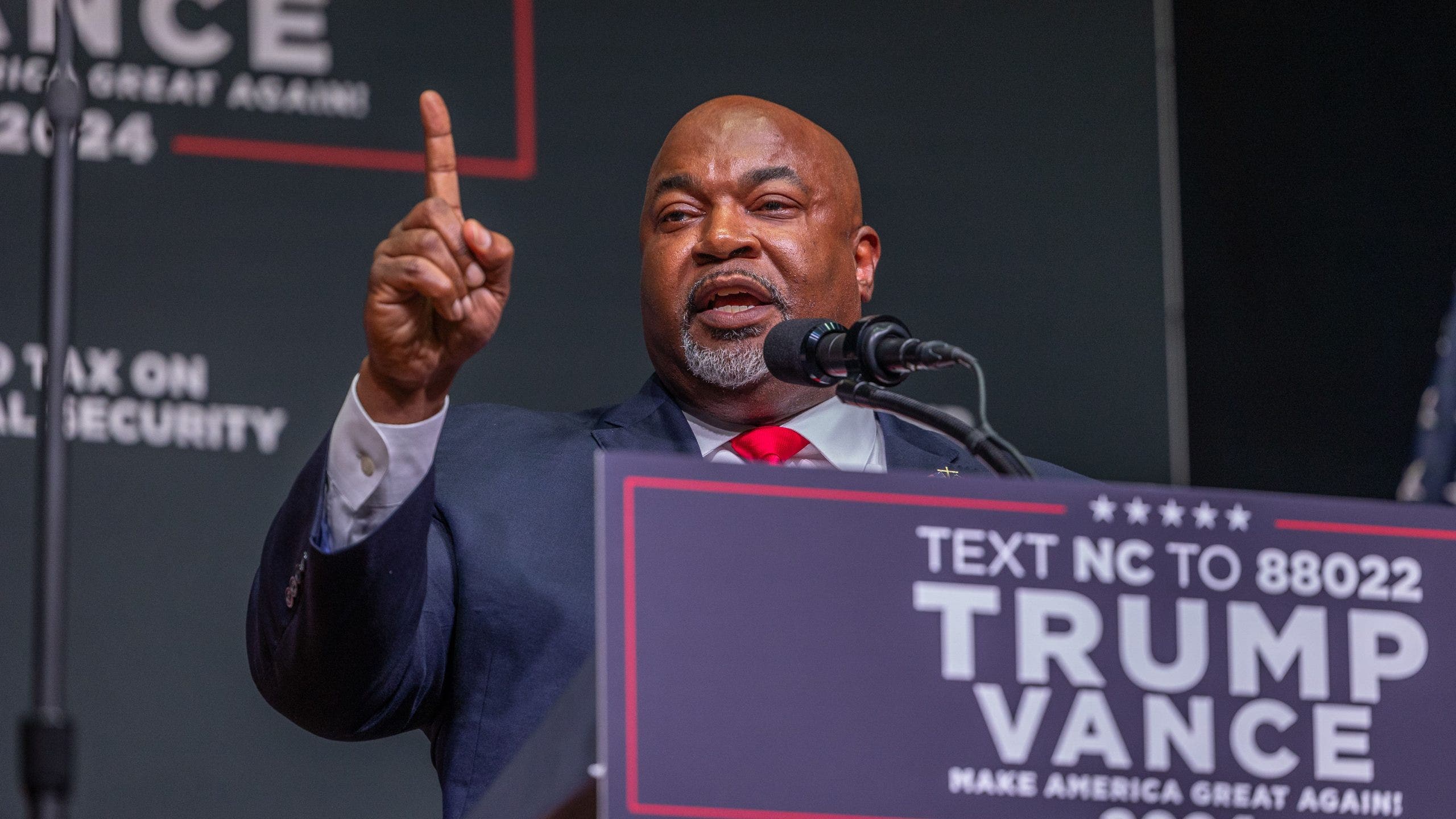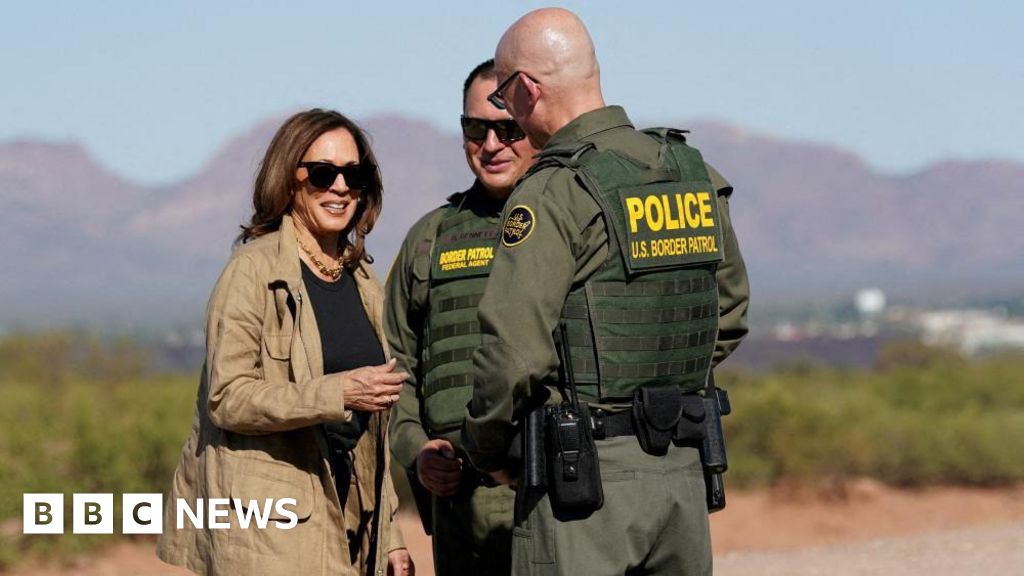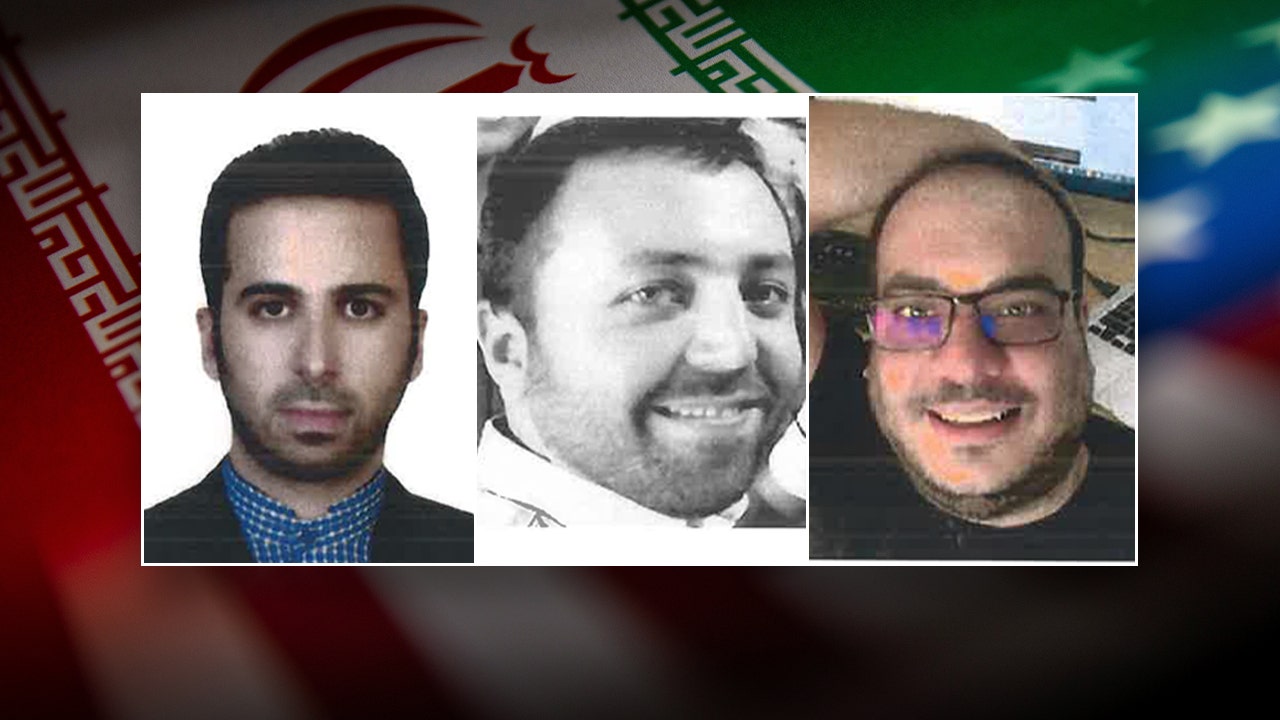World
The Philippines' publicity approach to South China Sea clashes tests Beijing
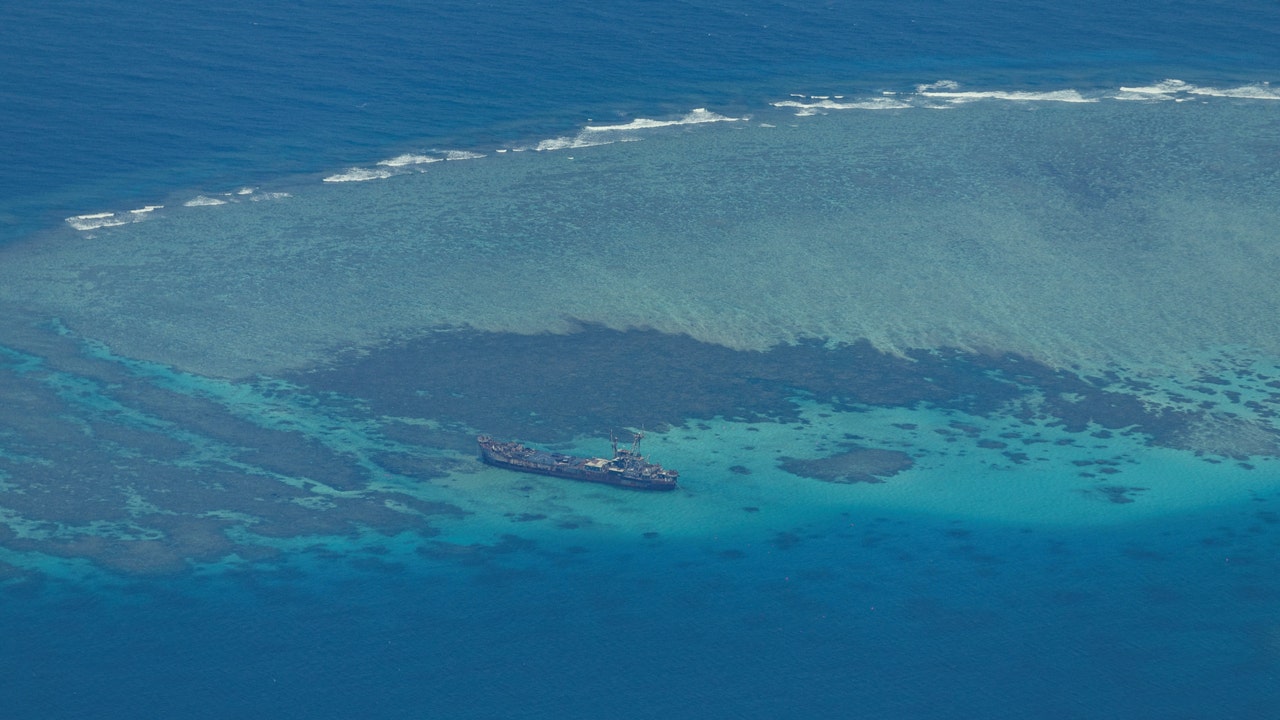
- In February 2023, the government of the Philippines decided to change tactics and publicize their encounters with the Chinese military in an effort to build international support and awareness, as well as to force Beijing to face reputational consequences.
- Publicizing China’s actions, combined with Manila’s deepened military alliance with the U.S., has constrained Beijing’s ability to escalate matters at sea but raised the risks of Chinese economic retaliation and U.S. involvement.
- A main point of conflict between China and the Philippines is sovereignty over Scarborough Shoal and Second Thomas Shoal in the South China Sea, where clashes involving aggressive maneuvering and water cannons have taken place.
Huddled in the presidential situation room in February last year, senior Philippines officials faced a stark choice.
Military and intelligence leaders watched as coast guard officers showed photos of what the agency said was a military-grade laser that China had pointed at a Philippines ship in disputed waters days earlier.
Eduardo Ano, the national security adviser and chair of the South China Sea taskforce, had to decide whether to release the pictures and risk Beijing’s ire, or refrain from aggravating his giant neighbor.
CHINA ATTACKS ON PHILIPPINE BOATS ARE TO PROVOKE US, PREP FOR TAIWAN WAR, EXPERTS WARN
“The public deserves to know,” the retired general told the officials. “Publish the photographs.”
The previously undisclosed meeting marked a pivotal moment, as Manila began a publicity blitz to highlight the intensifying territorial dispute in the South China Sea, where the ramming of ships, use of water cannons and ensuing diplomatic protests have sharply raised tensions.
“It was a turning point and the birth of the transparency policy,” National Security Council spokesperson Jonathan Malaya, who attended the meeting and recounted the exchange, told Reuters. “The goal was to eventually impose severe costs to Beijing’s reputation, image and standing.”
An aerial view shows the BRP Sierra Madre on the contested Second Thomas Shoal in the South China Sea, March 9, 2023. The Philippine navy intentionally ran this ship aground in 1999 to reinforce Manila’s sovereignty claims on the shoal. (Reuters/File Photo)
Malaya said President Ferdinand Marcos Jr had directed officials to “civilianize and internationalize” the dispute, which they had achieved by using the coast guard and routinely embedding foreign journalists on missions. “This became an important component of building international support for the Philippines, because our audience is also foreign governments,” he added.
This account of the Philippines’ policy switch and its implications is based on interviews with 20 Philippine and Chinese officials, regional diplomats and analysts. They said publicizing China’s actions, combined with Manila’s deepened military alliance with the U.S., had constrained Beijing’s ability to escalate matters at sea but raised the risks of Chinese economic retaliation and U.S. involvement.
The February 2023 meeting occurred days after Marcos granted the U.S. access to four more military bases in the Philippines, rekindling defense ties that had suffered under his predecessor, Rodrigo Duterte.
“China has few escalatory options left without triggering the U.S.-Philippines mutual defense treaty and risking a military confrontation between Chinese and U.S. forces,” said Ian Storey, a security scholar at Singapore’s ISEAS Yusof Ishak Institute.
Marcos has also pursued a diplomatic offensive, gaining statements of support for the Philippines’ position from countries such as Canada, Germany, India and Japan.
The South China Sea is rich in oil and gas. About $3 trillion in trade passes through it annually. U.S. access to Philippine bases could prove important in a war over Taiwan.
PHILIPPINES WARNS OF ‘RED LINE’ WITH BEIJING AMID HEIGHTENED TENSIONS IN SOUTH CHINA SEA
China, whose claims to most of the sea were invalidated by an international tribunal in 2016, says Philippine vessels illegally intrude into waters surrounding disputed shoals. It has warned Marcos, who took office in June 2022, against misjudging the situation.
“This is brinkmanship, poker,” said Philippine legal scholar Jay Batongbacal. “Brinkmanship is taking things to the edge, trying to see who loses his nerve. Poker is a game of bluffing and deception – one could be doing both at the same time.”
In response to Reuters questions, China’s foreign ministry said the Philippines had been stoking tensions with “provocative actions at sea in an attempt to infringe on China’s territorial sovereignty and maritime rights”.
China, it said, would defend its interests while handling the dispute peacefully through dialogue.
A U.S. State Department spokesperson said Manila’s transparency initiative had succeeded in calling greater attention to China’s “disregard for international law” and actions that endangered Philippine service members.
The spokesperson would not comment on the risk of U.S. military involvement but said the U.S. would support the Philippines if it faced economic coercion from China.
Conflict in the South China Sea
The conflict is over Scarborough Shoal and Second Thomas Shoal, where the Philippine navy maintains a rusting warship, BRP Sierra Madre, that it beached in 1999 to reinforce Manila’s sovereignty claims. A small crew is stationed on it.
Chinese ships have sought to block resupply missions, by encircling Philippine vessels and firing water cannons that in March shattered a boat’s windshield, injuring its crew. Manila released footage of the incident; China said it acted lawfully and professionally.
In February, Philippine ships recorded Chinese counterparts placing a barrier across the entrance to Scarborough Shoal. This week, both sides traded accusations over a collision involving their vessels near Second Thomas Shoal.
Philippine Coast Guard spokesman Jay Tarriela taunts Chinese officials and state media on X, sometimes posting drone footage of maritime clashes. “If I were doing anything incorrect, I would have been shut down,” he said.
Tarriela said the transparency drive had worked, by galvanizing support for Manila while the threshold of China’s aggression had not changed, despite an increase in incidents.
“They are still depending on their water cannon … they are still stuck with that kind of tactic,” he said.
The number of Chinese vessels around Second Thomas Shoal during Philippine resupply missions has grown from a single ship on average in 2021 to around 14 in 2023, the Center for Strategic and International Studies said in January.
CHINESE COAST GUARD BLOCKED MEDICAL EVACUATION, PHILIPPINES SAYS: ‘BARBARIC AND INHUMANE’
Last month, China’s coast guard came within feet of the Sierra Madre and seized supplies air-dropped to troops stationed there, according to Philippine officials. China, whose navy patrolled nearby, said Filipino soldiers pointed guns at its coast guard; Manila said they just held their weapons.
Philippine officials say they fear a fatal accident could escalate into open hostilities.
“That keeps a lot of us awake at night,” the Philippines’ ambassador to Washington, Jose Manuel Romualdez, told Reuters.
Manila also wants to avoid the kind of economic pressure it faced around a decade ago, when protracted Chinese customs checks caused Philippine bananas to rot on Chinese docks.
China was the Philippines’ second-biggest export market in 2023, taking nearly $11 billion worth or 14.8% of all its shipments. China is the Philippines’ top source of imports, mainly refined petroleum products and electronics.
Romualdez said Manila hoped China would “see the value of continuing our economic activity while trying to peacefully resolve the issue”.
Edcel John Ibarra, a political scientist at the University of the Philippines, said Marcos risks provoking China into “a harder approach”, such as non-tariff barriers and tourism restrictions. He pointed to changes China announced in May that allow its coast guard to detain foreigners without trial for 60 days.
China ‘feeling the squeeze’ of the Philippines’ publicity approach
The intensity of Manila’s campaign has surprised its neighbors. Vietnam and Malaysia, which also have maritime disputes with Beijing, have been more cautious about what they release from their skirmishes with China.
“We are all watching this and talking amongst ourselves,” said one Asian diplomat, who was not authorized to be named. “The Philippines has carved out a new strategy in standing up to Beijing over a point of friction.”
Marcos said in December that diplomacy with China had achieved little, calling on Southeast Asia “to come up with a paradigm shift”.
China’s state media have expressed irritation with the transparency push.
The Philippines has been “playing the victim to deceive international public opinions”, the state-backed Global Times said in an op-ed in May.
A key aspect of Manila’s approach has been solidifying the U.S. alliance. Both countries made clear in May last year that their defense treaty also covers the coast guard. In April, Marcos participated in an unprecedented summit with his U.S. and Japanese counterparts.
A U.S. official involved in U.S.-China talks that month said Chinese officials have complained about these diplomatic breakthroughs behind closed doors, adding that Beijing was “feeling the squeeze”.
Some Chinese scholars, like Zha Daojiong, at Peking University’s School of International Studies, say the situation is at an impasse and that China will continue to be “essentially reactive” at flashpoints like Second Thomas Shoal.
“By responding to the Philippines’ action, I guess they want to keep the message that this shoal is in dispute,” he said.

World
Israel Strikes Hezbollah Stronghold in Attempt to Kill Leader
Israeli officials say the country’s warplanes destroyed an underground bunker in a residential area after receiving information that the group’s leader, Hassan Nasrallah, was convening a meeting there. Several apartment buildings were flattened.
World
Fate of Hezbollah chief unknown after he was targeted in Israeli strike, 2 Hezbollah leaders killed
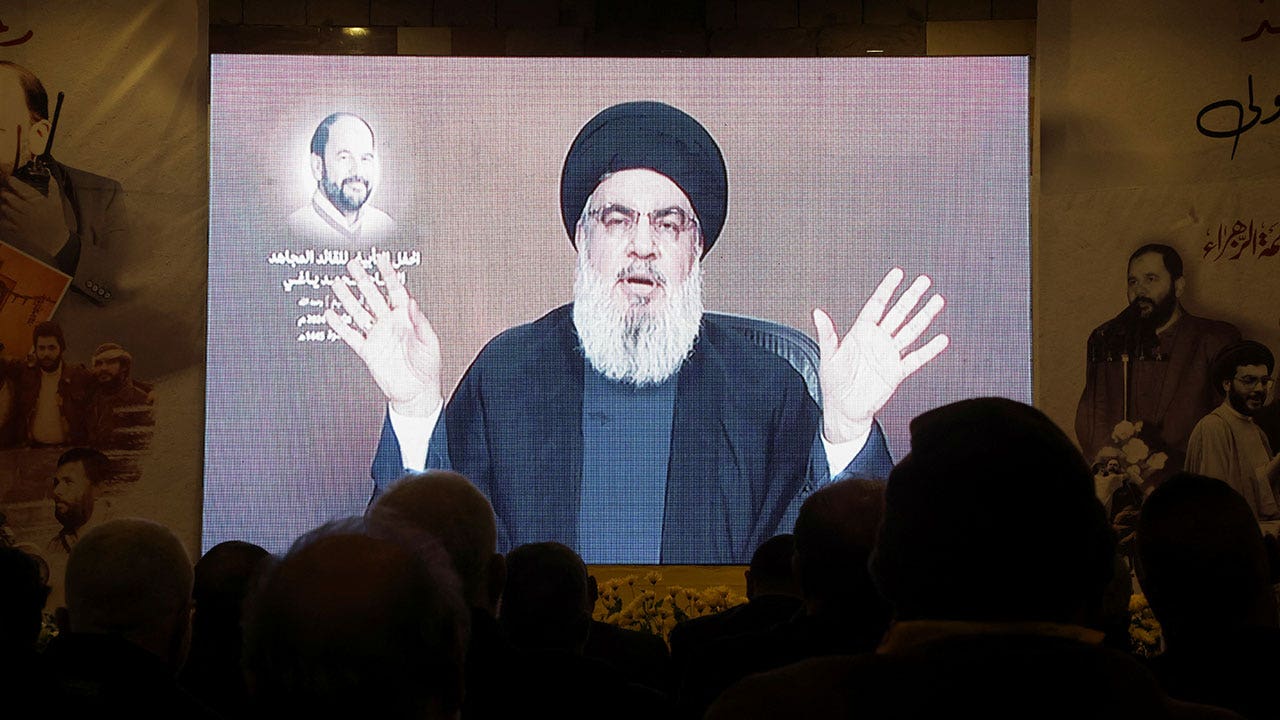
The fate of Hezbollah’s leader Hassan Nasrallah is unknown following the Israeli Defense Forces’ “targeted attack” against the central headquarters of Hezbollah in Beirut, Lebanon.
Fox News has learned the target of the attack was Nasrallah, but Hezbollah has since claimed that he is “fine and well” following the strike.
“His Eminence the Secretary-General is fine and well and was not in the targeted location,” Hezbollah Media Relations Officer Hajj Muhammad Afif said on Iranian television.
The Israel Defense Forces (IDF) has not provided an official status update on Nasrallah’s whereabouts.
ISRAEL TARGETS HEZBOLLAH LEADER NASRALLAH IN STRIKE ON BEIRUT HEADQUARTERS
Lebanon’s Hezbollah leader Sayyed Hassan Nasrallah gives a televised address at a memorial ceremony to mark one week since the passing of Mohammad Yaghi, one of the powerful armed groups figures, in Baalbek, Lebanon January 5, 2024. (REUTERS/Mohamed Azakir)
Elijah J. Magnier, a Brussels-based veteran and a senior political risk analyst, said that the group’s normal practice “is that they either want him to be in a safe place, and they are moving him, or he is dead, and they want to wait until they find his body.”
ISRAEL-HEZBOLLAH WAR: NETANYAHU ‘DID NOT EVEN RESPOND’ TO US CEASE-FIRE DEAL, PLEDGES TO FIGHT ‘FULL FORCE’

An arch glorifying Hezbollah and baring pictures of its chief Hassan Nasrallah (R) and Iran’s spiritual leader Ali Khamenei in Beirut. (AP Photo/Bassam Masri)
On Friday night, the IDF announced that two of Hezbollah’s leaders – Muhammad Ali Ismail and Hussein Ahmad Ismail – were killed in the strike.
“Muhammad Ali Ismail, the Commander of Hezbollah’s Missile Unit in southern Lebanon, and his deputy, Hussein Ahmad Ismail, were eliminated in a precise IAF strike,” the IDF announced in a X post.
The Israeli agency said that Ali Ismail was responsible for “directing numerous terrorist attacks” and “the firing of rockets towards Israeli territory and the launch of a surface-to-surface missile towards central Israel on Wednesday.”
The IDF’s announcement of the elimination of the two terrorist leaders came after Ibrahim Muhammad Qabisi, Head of Hezbollah’s Missiles and Rockets Force, as well as other senior commanders of this unit, were previously killed.
WATCH:
Deputy Pentagon Press Secretary Sabrina Singh previously said that the U.S. was not involved in this operation and had no advance warning.
“Minister [Yoav] Gallant spoke with Secretary Austin as the operation was already underway,” Singh said. “This operation has happened within the last few hours. We are still assessing the event.”
The Pentagon also declined to speculate on whether the Hezbollah leader was still alive.
Fox News Digital’s Michael Dorgan, Fox News’ Trey Yingst and The Associated Press contributed to this report.
World
State of the Union: Zelenskyy's attempts to drum up new support
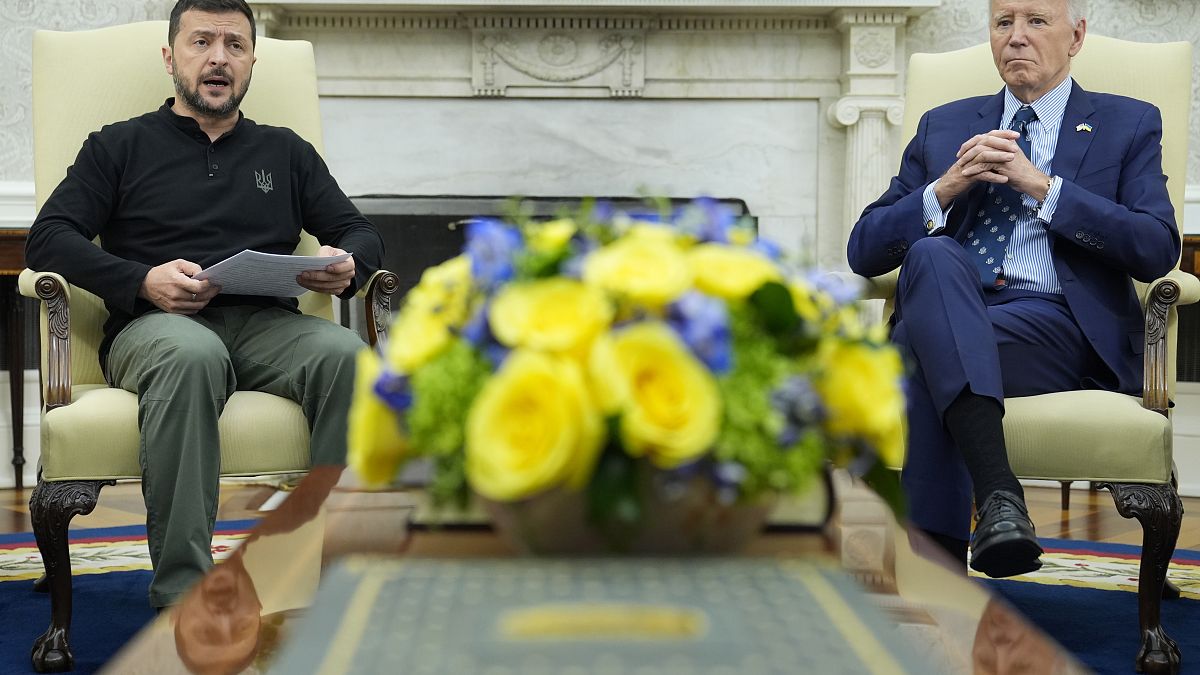
This edition of State of the Union focuses on the crucial visit of Ukrainian president Volodymyr Zelenskyy to the U.S., the latest economic forecast by the EBRD and attempts to support the struggling German car industry.
For weeks now, Europe is anxiously looking at its number one economic powerhouse, Germany – to be more precise: at the country’s ailing car manufacturers, some of Germany’s industrial pillars.
A serious car crisis in the Federal Republic, triggered by a quasi-collapse of the electrical vehicle market, could have severe consequences elsewhere in the EU.
Threats of historic job cuts, plant closures at Volkswagen and plunging earnings at Mercedes-Benz and BMW prompted emergency talks at Berlin’s economy ministry this week.
But given strained federal finances and fights with China over tariffs, the government’s toolbox is rather empty.
Nonetheless, economy minister Robert Habeck expressed his willingness to help but excluded quick fixes: “Everyone has said that planning is the most important thing. And that means long-term planning. Not a flash-in-the-pan action, because this only has the effect of pumping up the market again in the short term and then possibly collapsing again.”
Germany is in the uncomfortable position today to be forced to re-orient its entire manufacturing sector that depended on cheap Russian energy.
You can already hear Ukraine’s president Zelenskyy shouting: “I told you so!”
Zelenskyy was at the United Nations this week to drum up support for what he called his “victory plan”.
He also reacted to pleas from the European far-left and far-right to negotiate with Russia:
“We know some in the world want to talk to Putin. We know it. To meet, to talk, to speak. But what could they possibly hear from him? That he’s upset because we are exercising our right to defend our people, or that he wants to keep the war and terror going just so no one thinks he was wrong.”
How the Ukrainian economy keeps suffering from the war was detailed this week by the latest outlook from the European Bank for Reconstruction and Development.
The EBRD covers not only Ukraine, but large parts of eastern Europe and central Asia. The bank’s findings are an important bellwether for the global economy.
We spoke to Beata Javorcik, the chief economist of the EBRD.
Euronews: So, your latest Regional Economic Prospects report is called “Along the adjustment path” – that sounds like a friendly way of saying “It’s disappointing”. What do the economies you invest in need to adjust to?
Javorcik: Well, the situation in Europe remains quite challenging. We continue to have very high prices of energy. Particularly the price of natural gas is five times as high as in the US. The demand for exports, particularly from Germany, is muted. Given the difficult situation of the German economy and, finally, the costs of borrowing continue to be high, there is this extra risk premium, this extra interest rate. Countries in the regions had to pay when the war in Ukraine started. And this risk premium continues to be there.
Euronews: On the upside are a decline in inflation and an increase in real wages. What exactly happened?
Javorcik: Well, by historical standards we have seen a very fast disinflation process, though of course the adjustment is not done yet. Inflation remains above the pre-COVID level, but on the positive side we have managed to avoid a hard landing. So, this fight with inflation has come without very big unpleasant effects in terms of unemployment. As the inflation episode started, we saw a big decline in real wages, but then real wages started catching up. That was visible in the last few months in the last year. They are not yet back to the pre-COVID trend, but they have certainly caught up in a significant way.
Euronews: I guess there are still some remaining inflationary pressures – what are they?
Javorcik: Inflation still remains high in some countries, such as Turkey or Egypt, still in high double digits. And depreciation of domestic currencies, which has made imports more expensive, has contributed to further inflation.
Euronews: One country is still in the spotlight: Ukraine. How are they coping with the ongoing war economically?
Javorcik: Well, despite the war early this year, so in the first quarter, Ukrainian economy managed to grow very fast. The bleak Black Sea corridor allowed Ukraine to export grain as well as metals and ores. But then this heavy bombing and destruction of electricity infrastructure happened. And that made the situation very difficult. There are rolling blackouts. There are shortages of electricity. The country is importing electricity from Europe, but it comes at a higher cost. And that’s weighing down on the economy.
-

 News1 week ago
News1 week agoToplines: September 2024 Inquirer/Times/Siena Poll of Pennsylvania Registered Voters
-
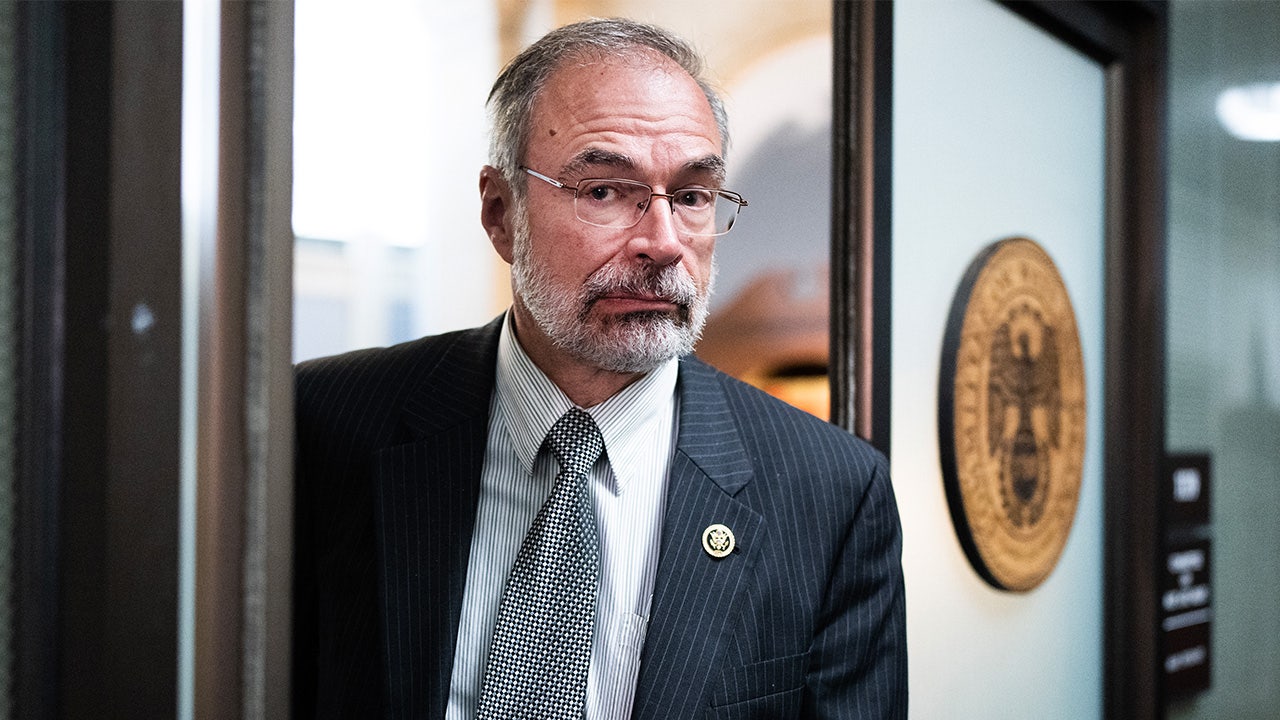
 Politics1 week ago
Politics1 week agoNew House Freedom Caucus chair reveals GOP rebel group's next 'big fight'
-

 Business1 week ago
Business1 week agoCheaper Mortgages and Car Loans: Lower Rates Are on the Horizon
-

 Business1 week ago
Business1 week agoVideo: Federal Reserve Cuts Interest Rates for the First Time in Four Years
-

 Politics1 week ago
Politics1 week agoHouse committee to demand 'stonewalled' memo detailing Biden agency's 'curious' voter registration work
-

 Politics1 week ago
Politics1 week agoDem lawmakers push bill to restore funding to UN agency with alleged ties to Hamas: 'So necessary'
-

 World1 week ago
World1 week agoWhat’s South Africa’s new school language law and why is it controversial?
-

 News6 days ago
News6 days agoVideo: Who Are the Black Swing Voters?











